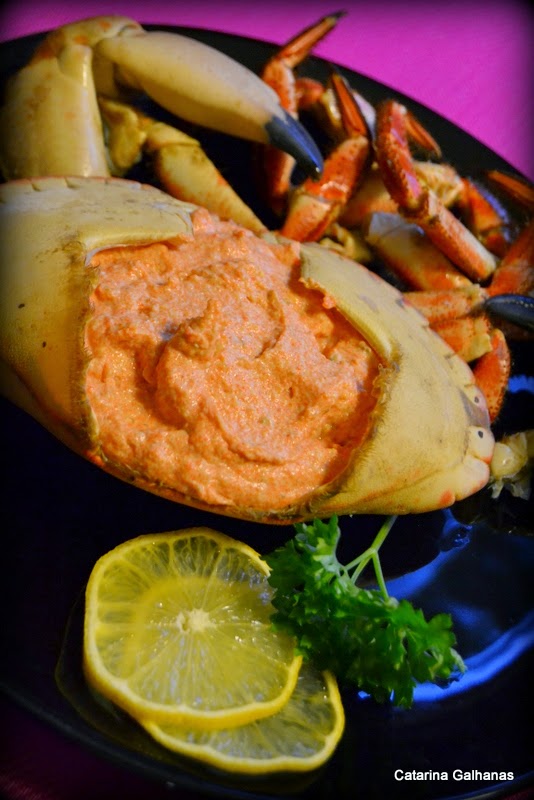Serves 4
45 minutes + rising (2 - 4 hours)
431 kcal per serving
Ingredients
- 1/2 quantity pizza dough, divided into 2 balls
- 1 small aubergine, thinly sliced
- 1 medium red onion, thinly sliced
- 2 tbsp extra virgin olive oil
- 4 tbsp pesto
- 75 g firm goat cheese
- Chili flakes
- Basil leaves, to serve
Pizza dough
- 500 g "00" flour or plain flour, plus extra for dusting
- 1 tsp salt
- 1/2 tsp dried yeast (non fast-action)
- 400 ml warm water
- Oil, for greasing
Method
- Put the flour and salt in a bowl and mix the yeast into the water. Wait 5 mins before using the liquid to see if the yeast is working – little bits will start to rise to the top and you’ll know it’s active.
- Pour the liquid into the bowl and knead on your work surface for about 10 minutes or until the dough is shiny and it springs back when you press your finger into it.
- Oil another bowl and place the dough in it. Turn it around so that it’s lightly coated in the oil.
- Cover tightly with cling film and then a tea towel. Place in a draught free area that’s warm and leave until the dough has doubled in size. If it’s a hot day, it should only take 2 hrs to rise, but it could take 4 hrs if it’s cold.
- Meanwhile, prepare the toppings by tossing the vegetables in the oil and seasoning well.
- Grill the vegetables on a griddle pan for about 5 minutes on each side, until black lines appear and the vegetables are soft.
- Remove and set aside.
- Divide the dough into 2 pieces, then shape into 2 balls.
- Working one ball at a time, take one ball and flatten it with your hands on a slightly floured work surface. Starting at the center and working outwards, use your fingertips to press the dough to 1 cm thick.
- Turn and stretch the dough until it reaches the desired diameter.
- Cook the pizza in preheated oven at 200 °C for a few minutes, then spread the pesto onto the pizzas.
- Add the aubergine, onion and goat´s cheese, broken into chunks, plus chili flakes.
- Bake the pizza one at a time until the crust is browned and the cheese is golden, about 10-15 minutes.







